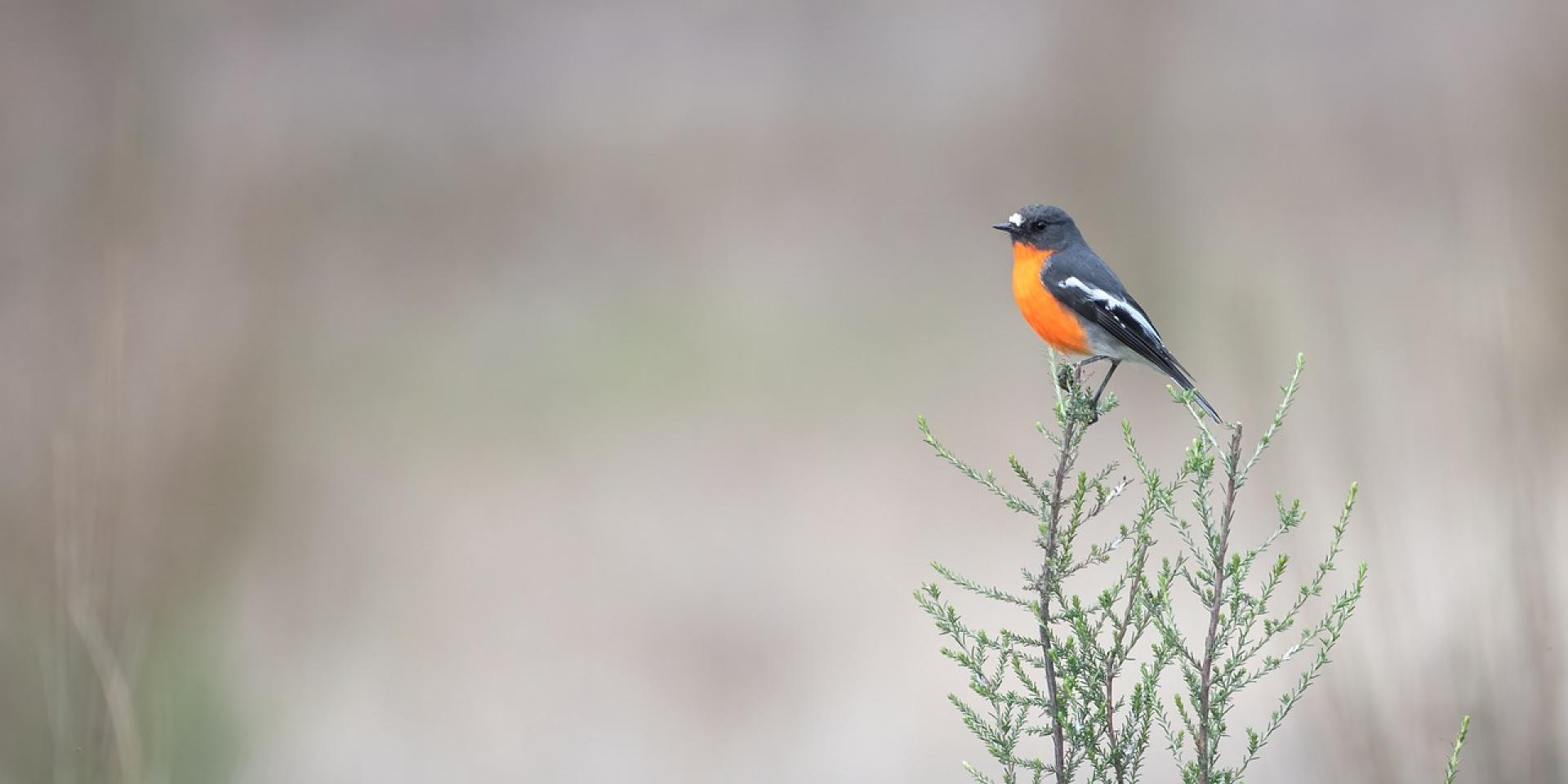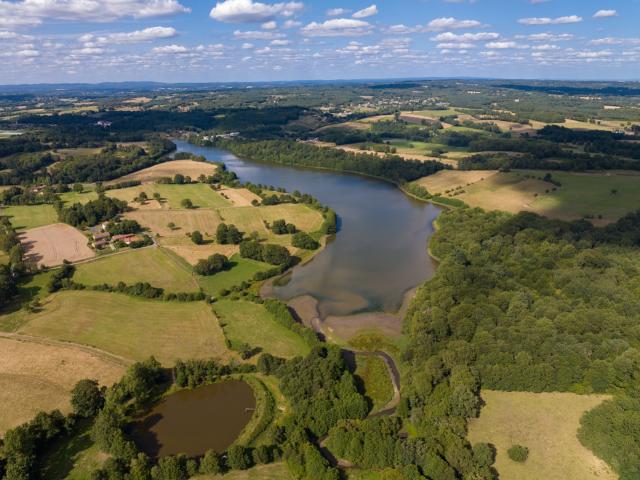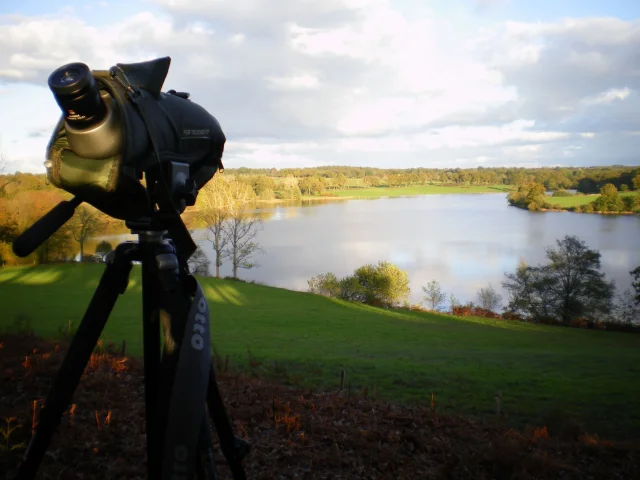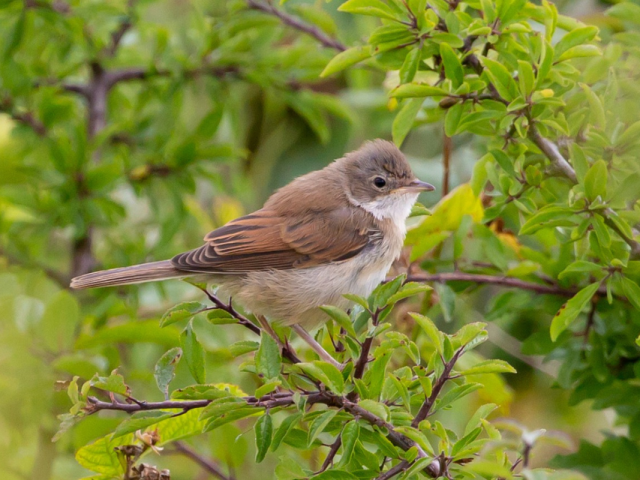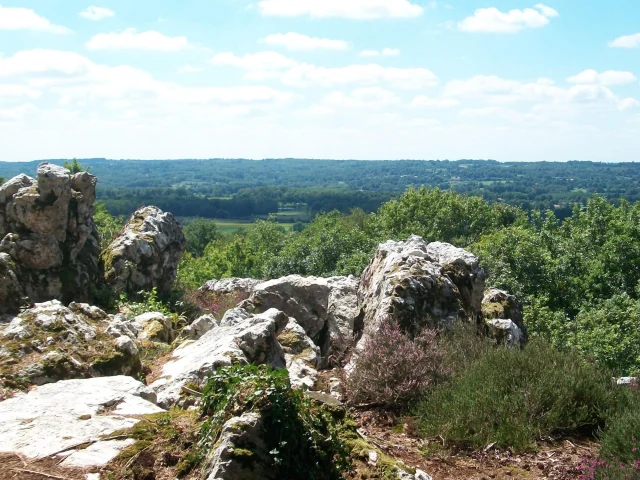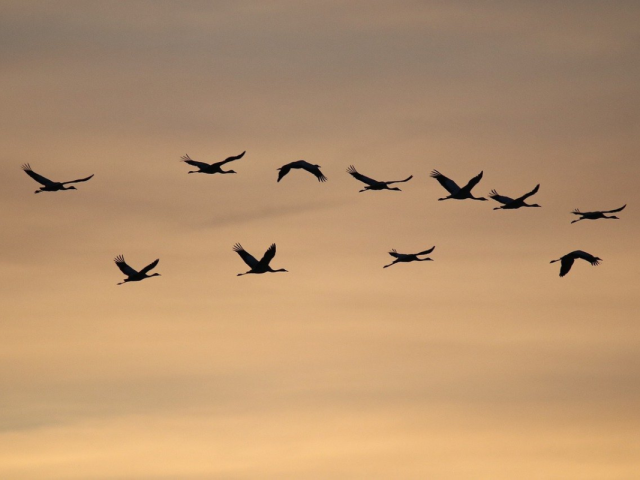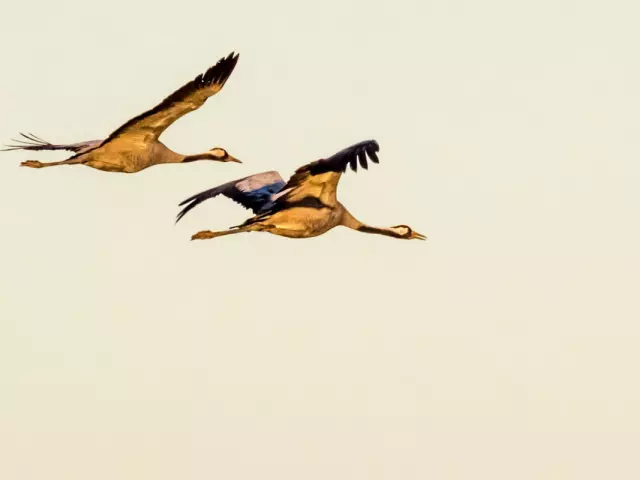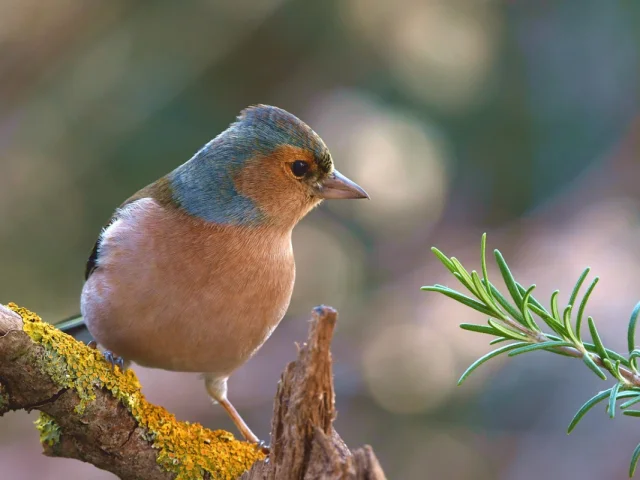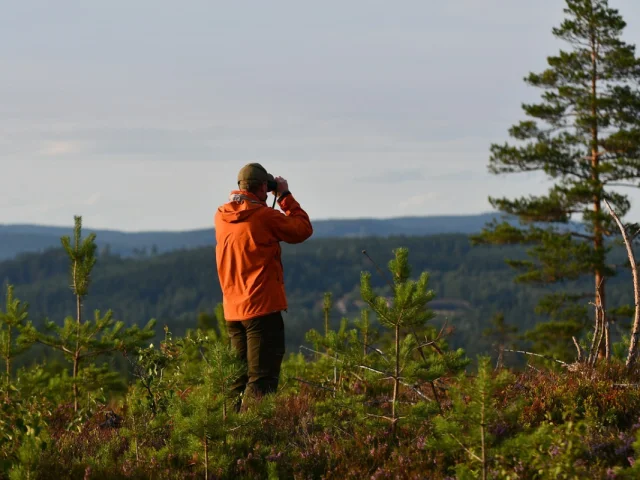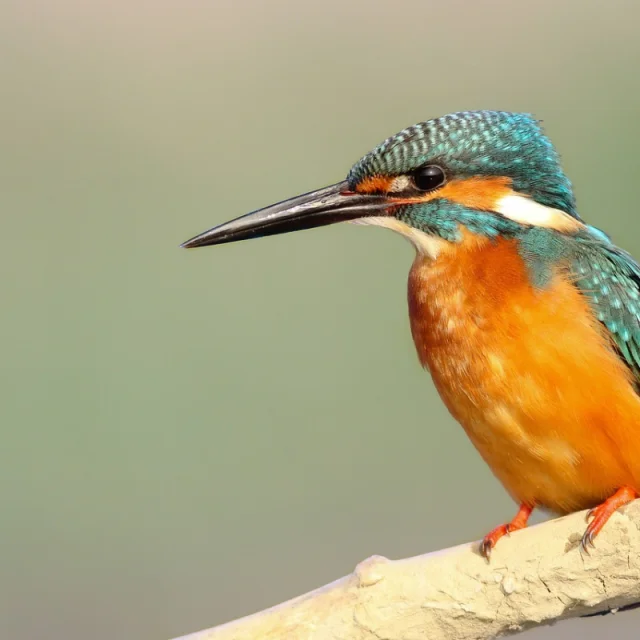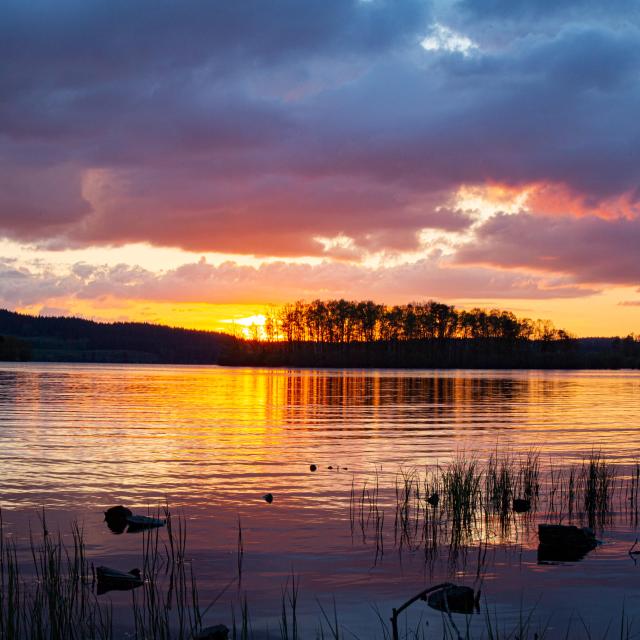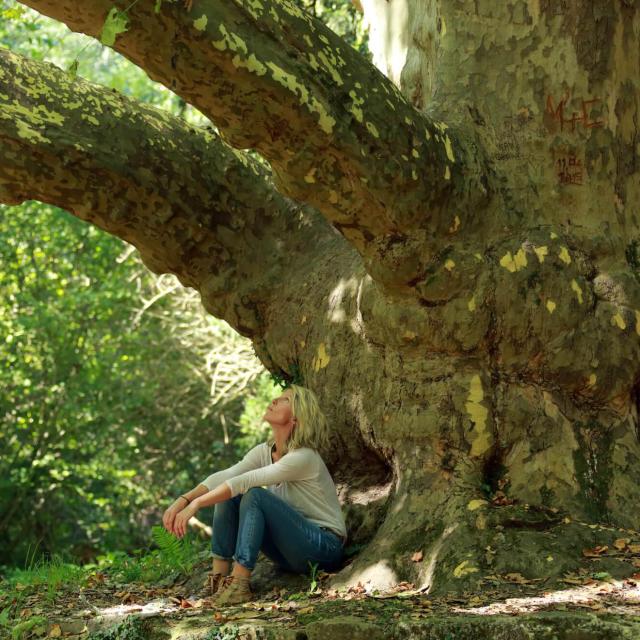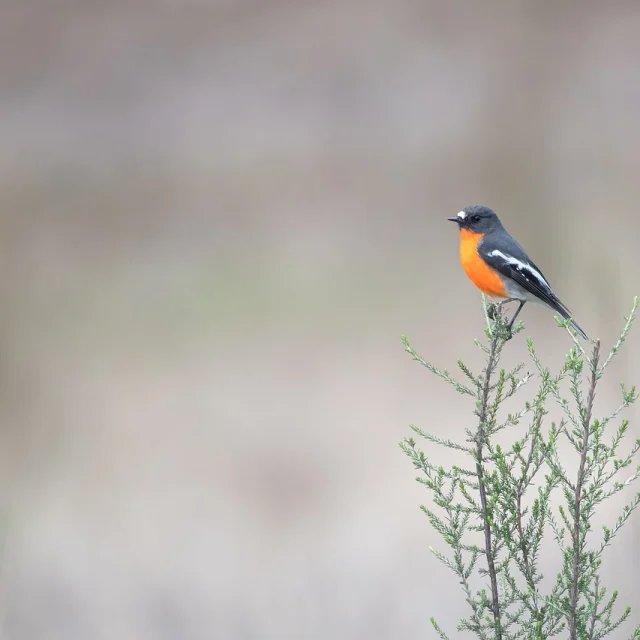The Pouge pond
in Saint-AuventSet in the heart of the hedged farmland of the Périgord Limousin regional nature park, this 32-hectare lake is a paradise for birds and birdwatchers alike. An observatory will help you get to know the feathered inhabitants of this area better: breeding birds (mallard, moorhen, grey heron) and birds of passage (green-winged teal, great egret, purple heron) are easy to spot. What’s more, a 2.5km interpretation trail with explanatory panels is also available for amateur naturalists to discover all the natural and scenic riches of the area. The Etang de la Pouge is listed in the national inventory of natural areas of ecological, faunistic and floristic interest (ZNIEFF), and is part of the European Natura 2000 network. An ideal unspoilt spot for birdwatching!
